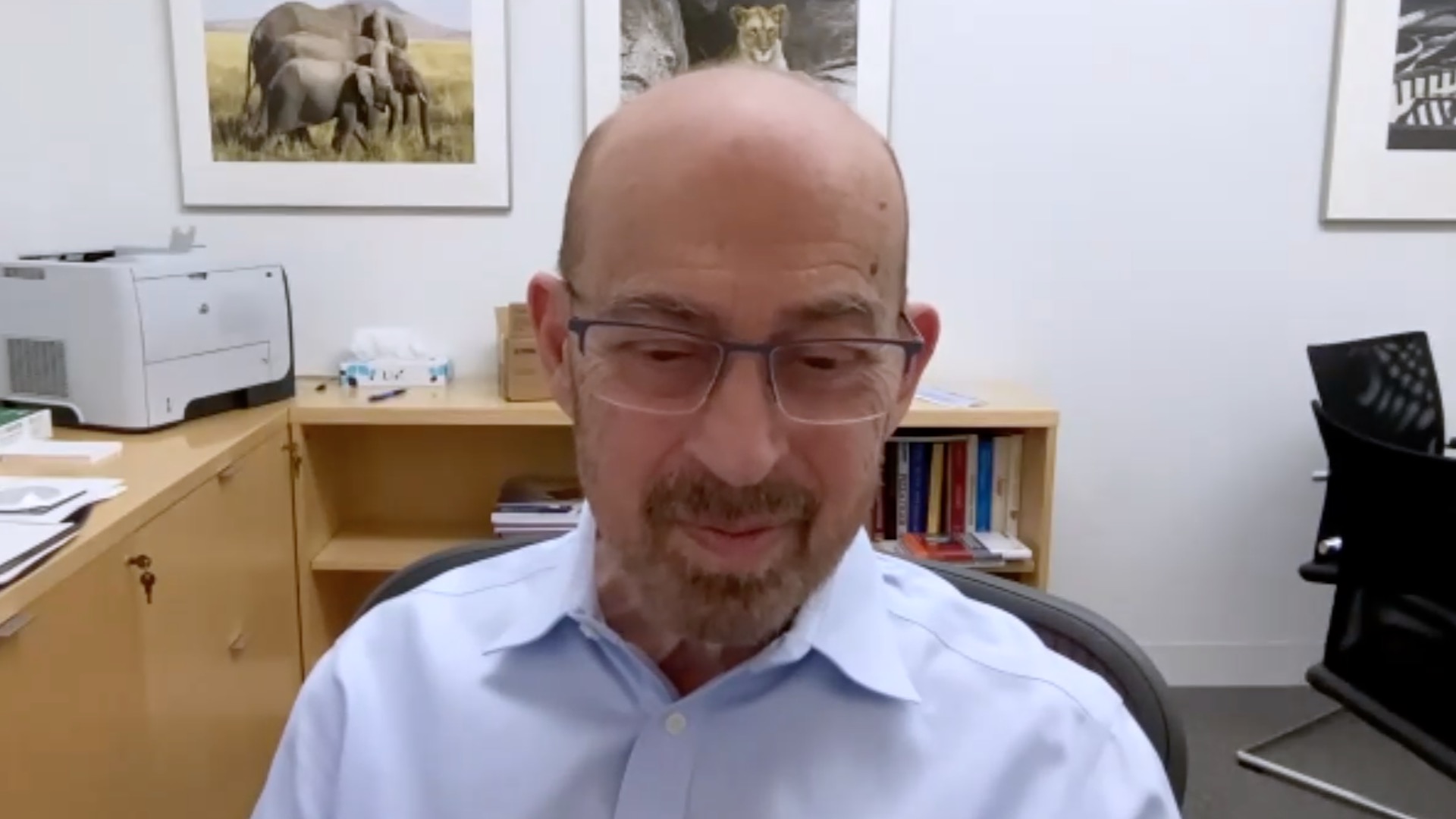Divaka Perera, ACC 2023: Myocardial viability tests for guiding the ischaemic left ventricular dysfunction treatment paradigm
Ischaemic left ventricular dysfunction is encountered frequently by physicians. Myocardial viability tests are utilised as a prospective tool that enables prediction of a patient’s recoverability. In this touchCARDIO interview, we speak with Professor Divaka Perera (Guy’s and St Thomas’ NHS Foundation Trust, London, UK) to discuss the treatment paradigm for ischaemic left ventricular dysfunction and the myocardial viability tests that are available.
Prof. Perera presented an abstract entitled ‘Effect Of Myocardial Viability, Percutaneous Coronary Intervention And Functional Recovery On Clinical Outcomes In The REVIVED-BCIS2 Randomized Trial’ (Abstract number 403-10) at ACC.23 Together With WCC (ACC.23/WCC) in New Orleans, 4–6 March 2023.
Click here to view the video discussing the REVIVED-BCIS2 trial.
Questions:
- Could you give us a brief overview of the treatment paradigm for ischaemic left ventricular dysfunction? (0:18)
- Could you give us a brief overview of the use of myocardial viability tests in guiding treatment in ischaemic left ventricular dysfunction? (1:15)
Disclosures: Divaka Perera has nothing to disclose in relation to this video.
Support: Interview and filming supported by Touch Medical Media. Interview conducted by Danielle Crosby.
Filmed as a highlight of ACC 2023
Access more content on Cardiovascular Disease here
Transcript:
Hello I’m Divaka Perera. I’m a consultant cardiologist at Guy’s and St Thomas’ Hospital in London and a professor of Cardiology at King’s College London.
Q: Could you give us a brief overview of the treatment paradigm for ischaemic left ventricular dysfunction?
Ischaemic left ventricular dysfunction, or poor LV function in the context of extensive coronary artery disease, is something we encounter quite frequently. What has always been thought of is that revascularization would be the way to reverse this LV dysfunction. As is relevant to the study that we have done, one of the paradigms tried to identify that patients who have recoverable myocardium is a better way of doing it than treating everyone without doing that sort of test. So distinguishing patients who have a lot of hibernating myocardium or, within a patient, territories that have hibernating myocardium as opposed to scarred and irreversibly damaged myocardium has always been pretty central to any decision making about revascularization.
Q: Could you give us a brief overview of the use of myocardial viability tests in guiding treatment in ischaemic left ventricular dysfunction?
So I have just mentioned hibernation. But of course, hibernation in the strictest sense of the word is a diagnosis or a description that you can arrive at, after the fact. So if you treat someone with bypass surgery or PCI, and the left ventricle happens to improve, then in retrospect, you can believe that patient probably had heart related myocardium. But of course, that is no use to us as clinicians or to patients who have the condition.
The viability test was something that was developed as a prospective tool that will allow you to predict beforehand who might recover as opposed to who might not recover, and within a patient, which regions might recover and which might not. Various viability tests have been devised. In the UK, one of the most commonly used tests today is the cardiac MRI scan and the dobutamine stress echocardiography is probably the longest standing viability test. There are radioisotope tests as well that are done, PET scans and SPECT. But what they all have in common is that they identify a proportion of myocardium that is not functioning normally at rest and then show that part of the myocardium has some features which tell us that it is alive and not irreversibly damaged. On a cardiac MRI, it might be the absence of scar that is taken to mean it is viable and not irreversibly damaged. On a stress echo, it is demonstrating that there is contractile reserve. If you give the patient dobutamine, for instance, then you can wake up this hibernating myocardium. On a PET scan, it might be showing that although that is an area that does not function, it is metabolically active and using oxygen. Various ways of showing us that it is alive, although it is not functioning. Those two things, alive and not functioning, are merged together to tell us it is probably hibernating.
Subtitles and transcript are autogenerated






